Wade into any debate about escalating federal spending and deficits, and you will see calls for reducing our defense spending from both left and right. Progressives like Sen. Bernie Sanders decry that the “bloated defense budget” is crowding out other priorities and pushing deficits upward. Similarly, many on the populist right cling to Ukraine aid as a lead driver of deepening debt, with Ohio Sen. J.D. Vance going so far as to tie Ukraine aid to Social Security’s looming insolvency. Such criticisms not only exhibit a fundamental misunderstanding of federal budgeting, they also ignore looming threats to our national security and obscure the reality that America is falling behind.
Defense has long been the slowest-growing category of federal spending. Aid to Ukraine is budgetarily minor, surely temporary, often rebuilds U.S. stockpiles, and likely averts even larger defense spending hikes down the road. Even as China and Russia threaten their neighbors, American military readiness is declining due to stagnant budgets, mismanagement, and escalating costs. A vast reduction in defense spending is so unrealistic that even its leading proponents cannot design a proposal to implement it.
Defense spending myths.
Let’s start with overall defense spending. The perception of relentless steep expansions stems in part from the Pentagon budget requiring an annual reappropriation from Congress. Even modest increases and one-time emergency expenditures are subject to heavy media scrutiny as those bills move through the legislative process—in contrast with entitlement programs, which grow by hundreds of billions annually on autopilot, with no congressional vote and scant media attention. But defense spending has in fact declined from half of all federal spending in 1962 to just 13 percent this year. Since the Soviet Union collapsed in 1991, inflation-adjusted defense spending has expanded by only $166 billion—compared to entitlement program spending leaping by $2.6 trillion (after inflation). As a share of the economy, defense spending has been halved since the 1980s, falling from 6 to 3 percent of GDP. Moreover, the Congressional Budget Office projects defense spending will fall below 2.5 percent within three decades—the lowest share of the GDP since the 1930s. At that point, defense would consume just 9 percent of federal spending.
Nor is Ukraine aid busting the budget—in fact, it’s barely a rounding error over the long run. The $175 billion allocated to this initiative over three years ($58 billion annually) averages 0.2 percent of GDP and 0.9 percent of federal spending. Assuming this temporary expenditure wraps up at about $300 billion, it will end up only 0.2 percent as large as the $116 trillion Social Security and Medicare shortfall that threatens to bury the federal budget in red ink over three decades.
Moreover, much of what is categorized as “Ukraine aid” stays in the U.S., replacing, upgrading, and modernizing American military supplies. The United States sends Ukraine its older munitions that needed replacement anyway, and then spends much of the Ukraine-assistance funds replenishing and modernizing its own supplies—purchases that were already scheduled to occur over the next few years anyway. It’s a win-win for both nations.
Finally, spending $175 billion to bog down Russia’s empire-building military ambitions is a cheap investment. Imagine an emboldened Vladimir Putin quickly conquering Ukraine and then threatening other former Soviet Republics like Estonia, Latvia, and Lithuania. An attack on any of those NATO members would, by treaty, compel a U.S. response, prompting a likely trillion-dollar defense buildup in Congress. In that sense, helping Ukraine bust up the Russian war machine is perhaps America’s most effective defense expenditure in decades.
U.S. military readiness declines as China rises.
The U.S. military has been hollowed out even as the world around us becomes more dangerous. The collapse of the Soviet Union and the technological burst witnessed in the 1991 Gulf War fed the perception that traditional troops, tanks, and ammunition could be replaced with technological superiority and “smart bombs.” Rather than burn through troops and equipment in the field, military engineers would guide precision missiles from a control room hundreds or even thousands of miles away from the battleground.
The Soviet collapse and this technological exuberance drove the U.S. to reduce its active-duty personnel by nearly 40 percent since 1990 to levels that are set to fall below Russia and North Korea into fifth place. A refusal to sufficiently replace and upgrade military equipment led 17,000 companies that had produced military equipment and weapons to exit the industry. Military officials have warned Congress that key munitions and missile supplies are so low that, in the event of a battle with a major power like China, the U.S. would likely run out within days. The size of America’s Navy fleet has fallen from 600 to 285 ships over the past three decades while China’s shipbuilding surge is set to reach 440 naval ships within six years. China became the world’s leading shipbuilder by investing and building more efficiently than the U.S.
Consequently, when the Pentagon recently ran wargame simulations of a military conflict to protect Taiwan, the U.S. military was soundly defeated by China. These wargame simulations showed enormous losses of American troops, ships, and aircraft.
How can America’s military be falling behind when it outspends the next nine largest nations combined? Even if those defense spending figures are accurate—and there is reason to think they aren’t—they are not determinative of military capabilities. A significant portion of the spending gap reflects that America’s troop compensation costs far exceed Russia, China, and others. Troop personnel and compensation costs (salary, pension, health care, housing) now absorb more than 40 percent of the defense budget, and exceed $110,000 for the median enlistee and $180,000 for the median officer. To adjust for compensation and other divergent prices and unit costs between nations, economist Peter Robertson adjusted cross-national defense spending figures by purchasing power parity. By that standard, Russia and China combine to nearly equal American defense spending.
Even those figures may overstate America’s advantage. When Mackenzie Eaglen, a scholar at the American Enterprise Institute, examined China’s true military budget (rather than the communist government’s self-reported figures), she found vast off-the-books expenditures that—after adjusting for purchasing power parity—pushed China’s true defense spending to nearly equal that of the United States. Eaglen adds:
China also now boasts the largest navy in the world, alongside the biggest coast guard and maritime militia. It has the globe’s biggest army and sub-strategic missile force to boot. It continues to make peer-level leaps in advanced military fields of hypersonic missiles and quantum computing technologies.
Even America’s 5,000 nuclear warheads provide little consolation when China (500) and Russia (5,600) are also capable of unleashing a nuclear holocaust should a military conflict escalate that far.
Defense spending will be squeezed further.
The defense budget has grown by 2.9 percent annually since 1991, in an era when military costs (for compensation, equipment procurement, and hardware depreciation) have well exceeded the economy-wide inflation rate. Thus, the basic depreciation cost of replacing outdated and spent equipment has surpassed the modest budget increases, forcing the military to skip new technologies, pare back capabilities, and fail to keep pace with its adversaries. Congress has also forced the Pentagon to allocate precious resources to pork projects, non-military medical research, climate change mitigation, and other mission-creep distractions.
The stark budgetarily reality is that mounting Social Security and Medicare shortfalls (rising from $650 billion this year to $2.2 trillion a decade from now and 11 percent of GDP within three decades) will make it virtually impossible for the Pentagon to receive the funding necessary to achieve the bipartisan objectives laid out by Congress and the administration. Even back in 2010, when the debt held by the public was one-third of its current size, Joint Chiefs of Staff Chairman Adm. Michael Mullen declared that “The most significant threat to our national security is our debt.” In a relatively flat funding environment, the military—which still cannot pass an audit—must become substantially more efficient to maintain basic national security standards. This effort will be made even more difficult by the aforementioned pork and mission creep-distractions, and by rising military health care and compensation costs that neither party is willing to address.
While defense spending hikes will likely remain limited, progressive calls to immediately slash the defense budget by 10, 20, even 30 percent reflect absurd figures seemingly pulled out of a hat rather than driven by any serious defense policy engagement. For example, the leading progressive proposals by Sanders and House “Defense Spending Reduction Caucus” progressives such as Barbara Lee, Alexandria Ocasio-Cortez, and Mark Pocan demand an immediate 10 to 15 percent defense spending cut—without listing any specific savings reforms. The House progressives’ bill—I am not kidding—simply directs the defense secretary to check the CBO website for any ideas on how to reconfigure the military in order to satisfy the spending cut targets. Yet when the CBO modeled out a 10 percent reduction, the policy scenarios included laying off 400,000 active military members (25 percent of all active personnel) and essentially abandoning America’s ability to repel a powerful aggressor’s military forces with a full-scale counterattack—instead relying on deterrence, limited counterattacks, and diplomatic and economic sanctions in hopes of persuading the attacking nation to back down. Not surprisingly, the very lawmakers demanding deep defense cuts have refused to endorse these policies necessary to meet their own fiscal target.
Ultimately, America must grapple with two conflicting national security realities. First, the militaristic and expansionist rise of Russia and China that threaten Europe and Taiwan will require a military that can at least keep pace with the technological and war-capacity advancements of those aggressors. Second, the military budget (along with all other federal spending priorities) will be increasingly squeezed by Social Security and federal health care costs that have already soared from 7 percent of GDP in 2000 to 11 percent this year, and are projected to surge further to 14 percent in three decades (plus 6 percent of GDP in interest costs resulting from their shortfalls). Defense spending as a share of GDP has already fallen from 6 to 3 percent since the 1980s and is projected by CBO to gradually fall below 2.5 percent—not far above the NATO minimum target of two percent of GDP. America’s leading national security asset is a powerful economy that can outproduce other nations in a crisis, but even that advantage is endangered by unsustainable government debt trends and increasingly incoherent federal economic policies.
The military is stuck between a rock on the home front—leaders who refuse to prevent entitlement costs from overwhelming the federal budget—and a hard spot abroad—Russian and Chinese military buildups. In the absence of significant new funding and with a need to build its industrial base, it is imperative that the Defense Department streamline procurement policies, become much more cost-efficient, pass an audit, limit the spiraling growth of compensation costs, and shed all non-essential, politically driven congressional mandates. But the progressives and populists calling for defense spending to (once again) decline sharply and absorb much of the burden of deficit reduction and new social spending expansions should be dismissed.
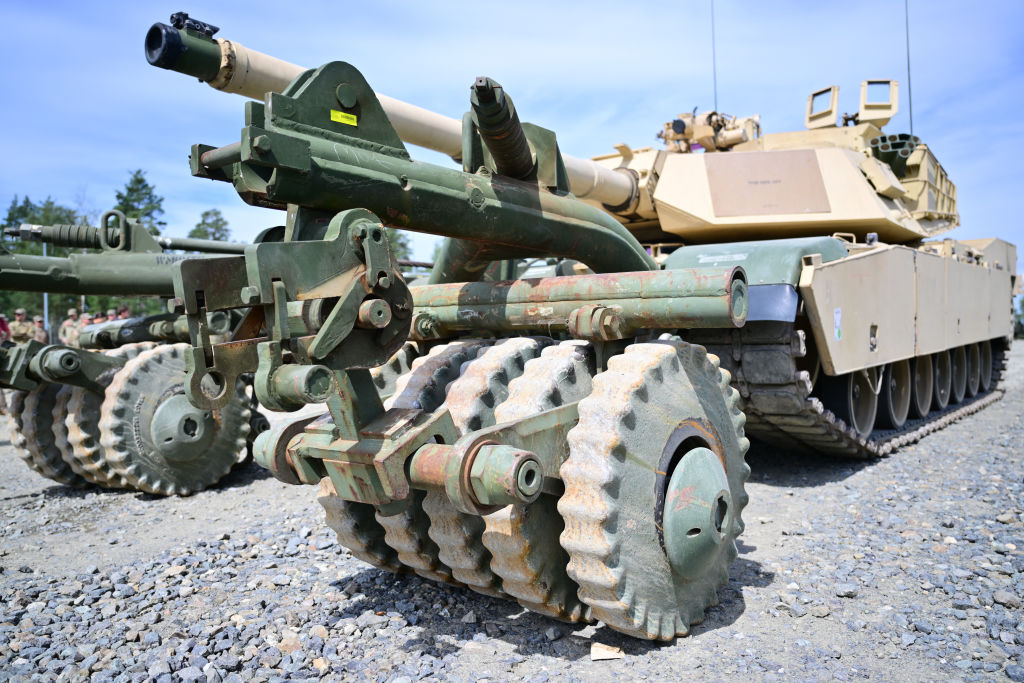
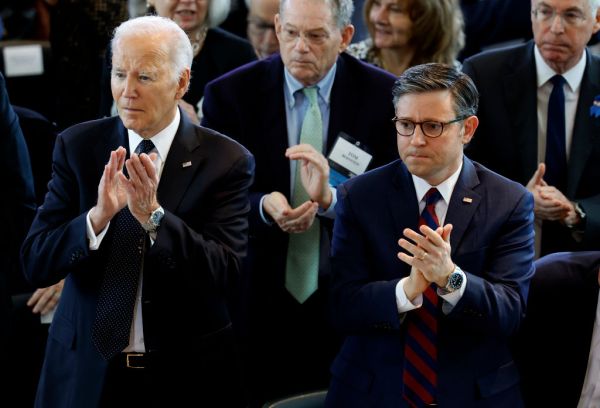
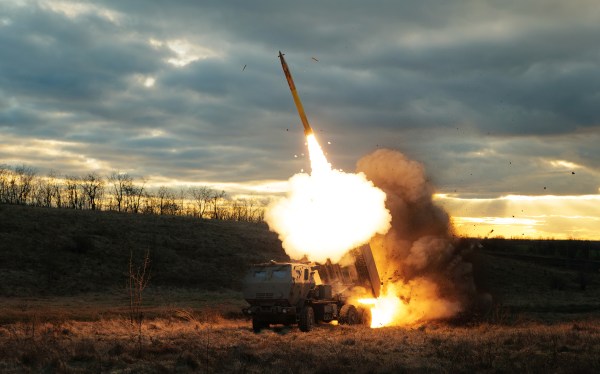

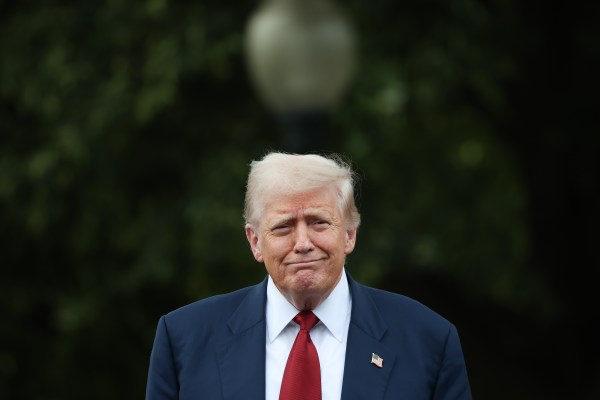
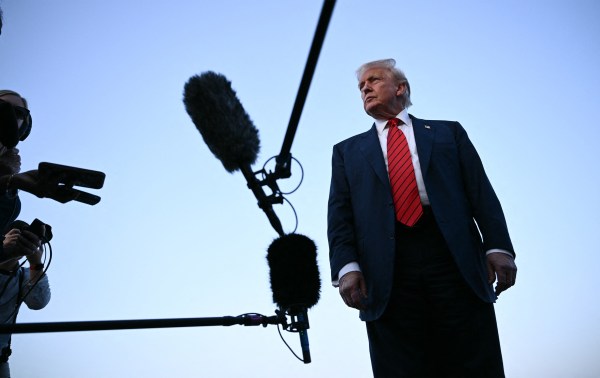

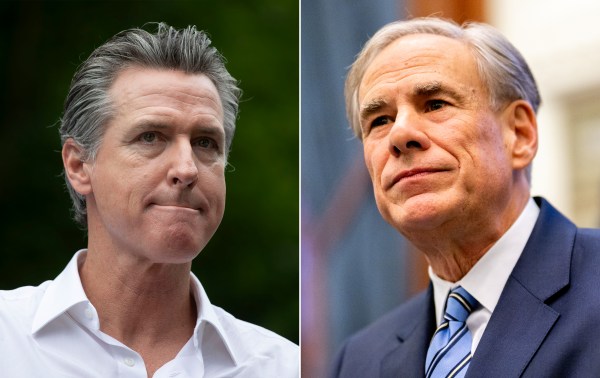

Please note that we at The Dispatch hold ourselves, our work, and our commenters to a higher standard than other places on the internet. We welcome comments that foster genuine debate or discussion—including comments critical of us or our work—but responses that include ad hominem attacks on fellow Dispatch members or are intended to stoke fear and anger may be moderated.
With your membership, you only have the ability to comment on The Morning Dispatch articles. Consider upgrading to join the conversation everywhere.